The northeastern seaboard of the United States presents a captivating tapestry of coastal communities where maritime heritage, natural beauty, and small-town charm converge. While popular destinations like Cape Cod and the Hamptons attract crowds and headlines, numerous lesser-known harbors and fishing villages maintain a more tranquil atmosphere that recalls an earlier era of coastal living. These quiet havens offer respite from contemporary bustle, with working waterfronts, historic architecture, and dramatic ocean vistas providing authentic maritime experiences. These communities maintain their peaceful character through geographic isolation, limited development, or simply by standing in the shadow of their more famous neighbors.
Here is a list of 16 quiet coastal towns in the Northeast where visitors can experience the Atlantic on more intimate terms.
Stonington, Connecticut

This peninsular village extends into Fishers Island Sound, with water views in nearly every direction, creating an island-like atmosphere despite its mainland connection. Commercial fishing vessels still operate from the harbor, maintaining an authentic working waterfront increasingly rare in southern New England.
The compact historic district features impeccably maintained Federal and Greek Revival homes along narrow streets that discourage traffic. Residents have successfully resisted overdevelopment, preserving both the physical character and community feel despite proximity to more touristy coastal areas nearby. The borough’s southern orientation provides spectacular sunsets across the harbor, where commercial draggers and recreational sailboats share the protected waters.
Damariscotta, Maine

Though located slightly inland along the tidal Damariscotta River rather than directly on the ocean, this classic New England town maintains deep maritime connections through its working waterfront and oyster industry. The compact downtown features brick commercial buildings facing the harbor where harvested oysters – considered among Maine’s finest – travel from river to restaurant within hours.
Historic homes climb the hill above the commercial district, many with widow’s walks offering views toward the distant ocean. The town’s cultural offerings exceed expectations for its modest size, with an independent bookstore, cinema, and theater providing entertainment without disrupting the peaceful atmosphere that defines daily life here.
Like Travel Pug’s content? Follow us on MSN.
Wellfleet, Massachusetts
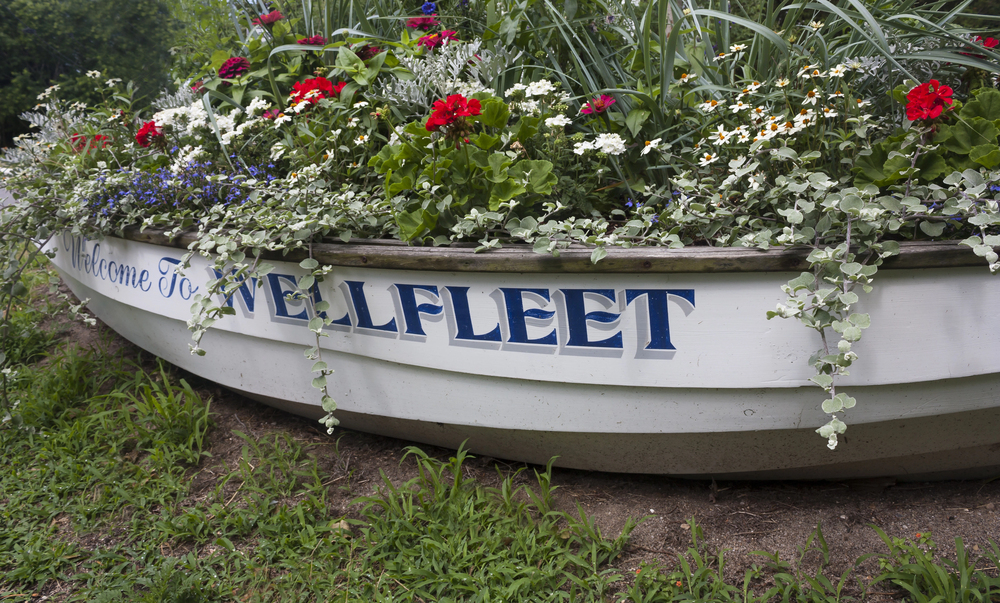
Despite its Cape Cod location, this former whaling community retains a quieter character than many towns on the peninsula by virtue of its distance from the bridges and its substantial protected lands. The harbor remains home to a working fleet that supplies the town’s famous oysters to local restaurants during appropriate seasons.
The downtown occupies just a few blocks, with art galleries housed in former sea captains’ homes and unassuming restaurants serving impeccably fresh seafood without pretension. Beautiful bay beaches on the harbor side contrast with dramatic ocean beaches facing the Atlantic, where dunes and cliffs create impressive natural landscapes that draw artists and photographers during golden hour.
Rockport, Massachusetts

Often overshadowed by neighboring Gloucester and Salem, this North Shore community offers similar coastal beauty with a more tranquil atmosphere. The iconic red fishing shack known as “Motif Number 1” stands as perhaps the most painted building in America, anchoring the working harbor amidst galleries and studios that continue the town’s artistic tradition established in the early 20th century.
Bearskin Neck, a narrow peninsula lined with shops and restaurants in converted fishing shacks, provides an intimate walking experience culminating in panoramic views of the harbor and sea beyond. Despite its beauty, the town maintains reasonable accommodation rates compared to more famous coastal destinations, making extended stays accessible for those seeking creative inspiration.
Castine, Maine

Occupying a peninsula extending into Penobscot Bay, this historic community combines maritime influences with the quiet atmosphere of a college town hosting Maine Maritime Academy. The substantial historic district includes precisely maintained Federal-style homes surrounding a classic New England common, many displaying plaques noting their construction dates and original owners.
The strategic harbor explains why four nations – France, Holland, England, and eventually America – established forts here, creating layers of history visible in the landscape and architecture. Despite limited commercial development, essential businesses like the Castine Variety store maintain the necessities for daily life, while a handful of restaurants serve exceptional seafood during the high season.
Like Travel Pug’s content? Follow us on MSN.
Block Island, Rhode Island
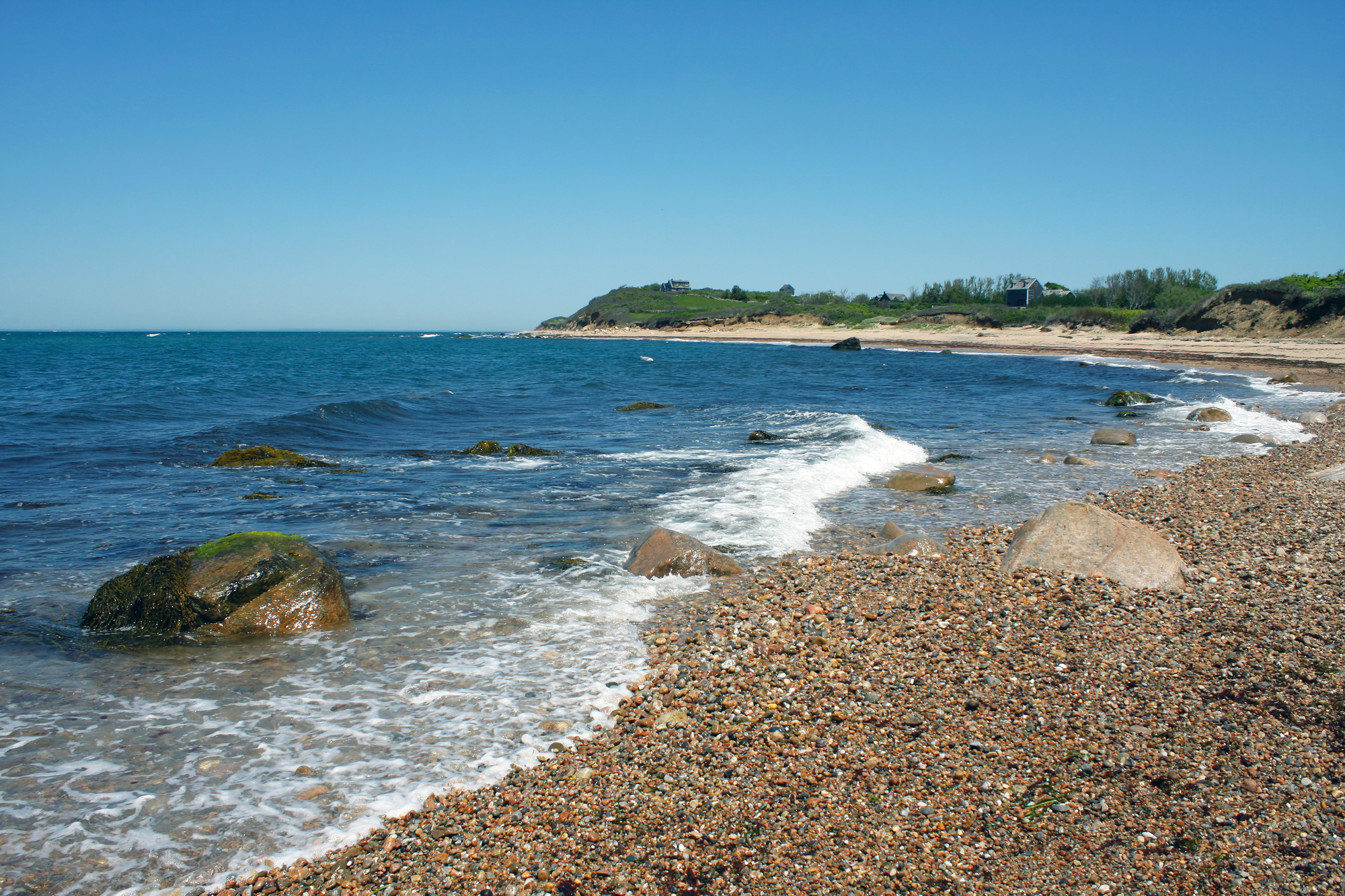
While busy during peak summer weekends, this island, located 12 miles offshore, quickly returns to tranquility midweek and during shoulder seasons. The absence of chain businesses and limited development create an atmosphere reminiscent of coastal New England from decades past.
Seventeen miles of public beaches surround the island, many accessible only by bicycle or footpaths passing through conservation land that comprises nearly half the island’s acreage. The North Light and Southeast Light bookend the island with historic lighthouses protecting mariners from dangerous waters, while the Old Harbor district maintains a working waterfront alongside businesses serving visitors who arrive via ferry throughout the warmer months.
Newagen, Maine

Located at the southern tip of Southport Island near Boothbay Harbor, this tiny community offers tranquility even during the height of Maine’s tourist season. The picturesque harbor shelters working lobster boats behind a protective breakwater, with minimal commercial development beyond a historic inn and restaurant housed in a century-old building.
The surrounding area features a dramatic shoreline typical of Maine’s midcoast region, with granite outcroppings, spruce forests, and views extending toward the open ocean. Osprey and bald eagles frequently patrol overhead, while harbor seals make regular appearances near the rocky shores during quieter moments between tourist vessels.
Lubec, Maine
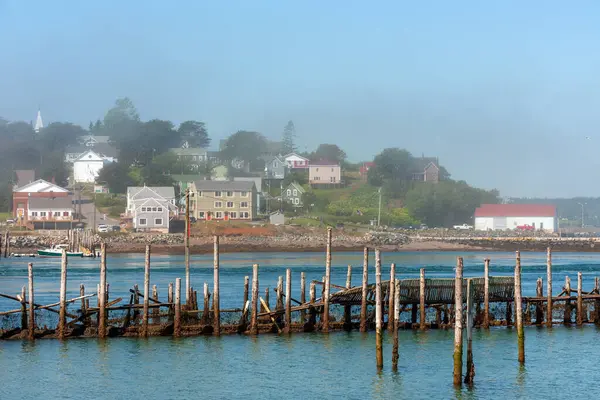
As the easternmost town in the contiguous United States, this remote community sits adjacent to the Canadian border at the entrance to the Bay of Fundy. The spectacular tidal range – among the world’s most extreme – creates constantly changing landscapes as waters rise and fall up to 28 feet twice daily.
The compact downtown features historic buildings dating to the sardine cannery era when dozens of facilities processed fish along the shoreline. Today, just a handful of businesses operate year-round, creating seasonal rhythms that allow for profound quiet during winter months when residents reclaim their town from the modest summer tourism. The nearby candy-striped West Quoddy Head Lighthouse marks the easternmost point of the United States.
Like Travel Pug’s content? Follow us on MSN.
Nahant, Massachusetts
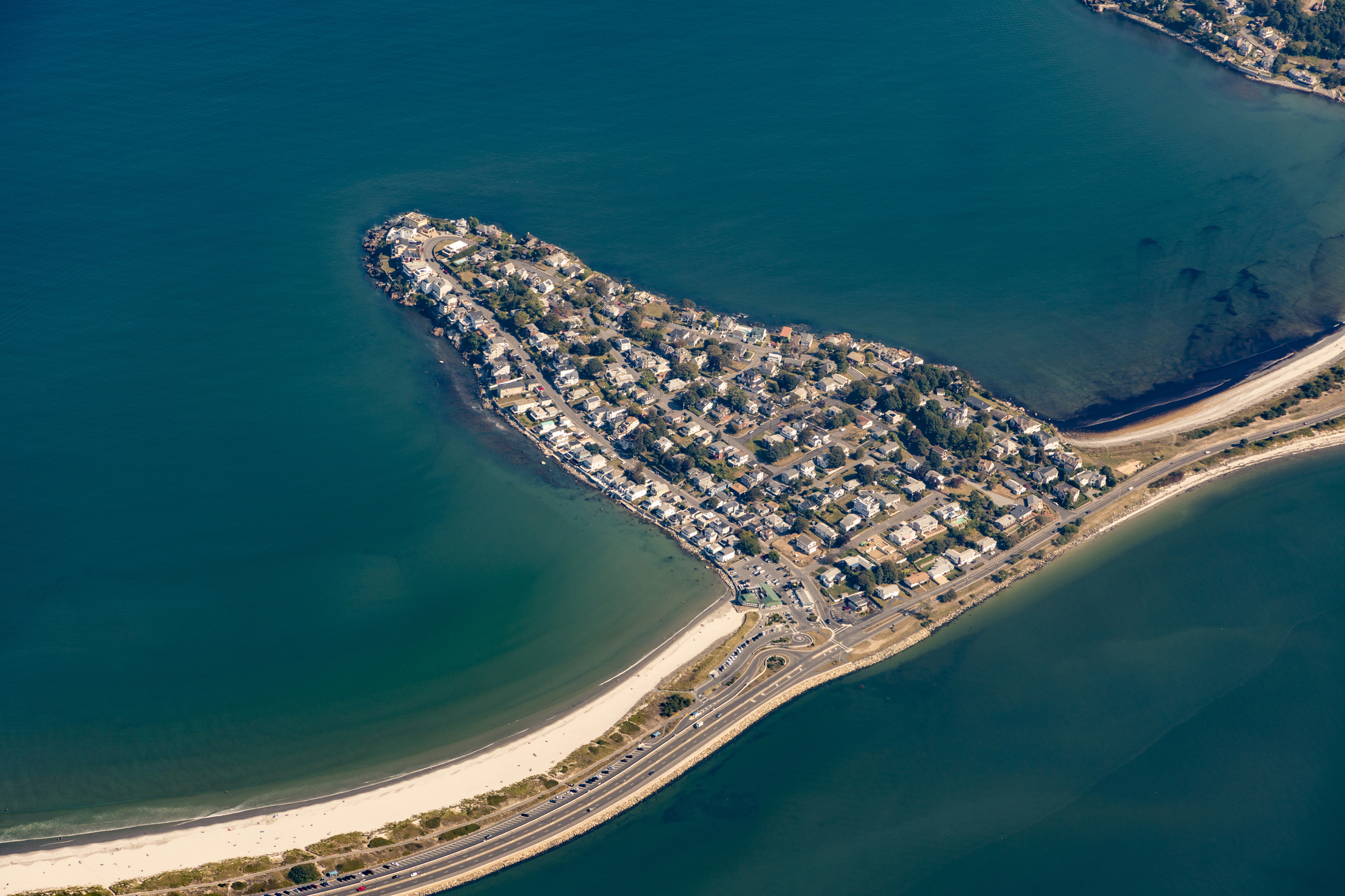
Connected to the mainland by a narrow causeway, this rocky peninsula north of Boston maintains a secluded character despite its proximity to the metropolitan area. Limited access points and minimal commercial development preserve the quiet community primarily comprised of year-round residents rather than seasonal visitors.
The rugged shoreline features dramatic cliffs and pocket beaches with views extending toward Boston’s skyline on clear days, creating an interesting juxtaposition of natural beauty against distant urbanism. Tudor-style homes and weathered cottages share the limited real estate, while conservation lands protect significant portions of the peninsula from development, maintaining habitat for coastal birds and native plants.
Jamestown, Rhode Island
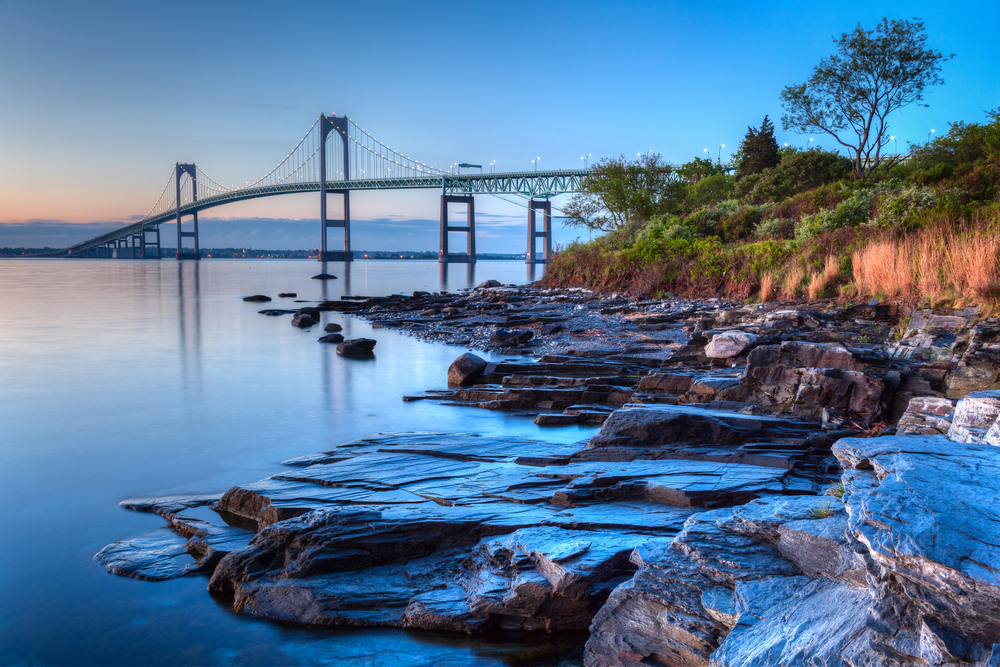
Overshadowed by Newport across the bay, this island community connected by bridges to the mainland offers similar coastal beauty with significantly less tourism. Historic farms still operate in the island’s center, while waterfront areas feature a working shipyard alongside more recreational maritime activities.
Beavertail State Park at the southern tip provides spectacular ocean vistas and one of Rhode Island’s oldest lighthouses, while Fort Wetherill presents impressive granite cliffs alongside abandoned military installations gradually returning to nature. The compact village center maintains essential businesses and restaurants without excessive tourist infrastructure, creating a livable community rather than a vacation destination.
Cutler, Maine

This authentic Down East fishing village represents coastal Maine in its most unvarnished form, with working boats far outnumbering pleasure craft in the well-protected harbor. Remarkable natural beauty surrounds the small settlement, including the dramatic “Bold Coast,” with hiking trails offering views from 100-foot cliffs overlooking the Atlantic.
The village proper contains just a handful of buildings, with no concessions to tourism beyond a small marina primarily serving lobstermen. The lighthouse on nearby Little River Island stands accessible only by boat, its automated beacon replacing the keepers who once maintained the isolated outpost. The surrounding township includes vast blueberry barrens that turn brilliant red in autumn, creating stunning landscapes against the blue ocean beyond.
Like Travel Pug’s content? Follow us on MSN.
Biddeford Pool, Maine
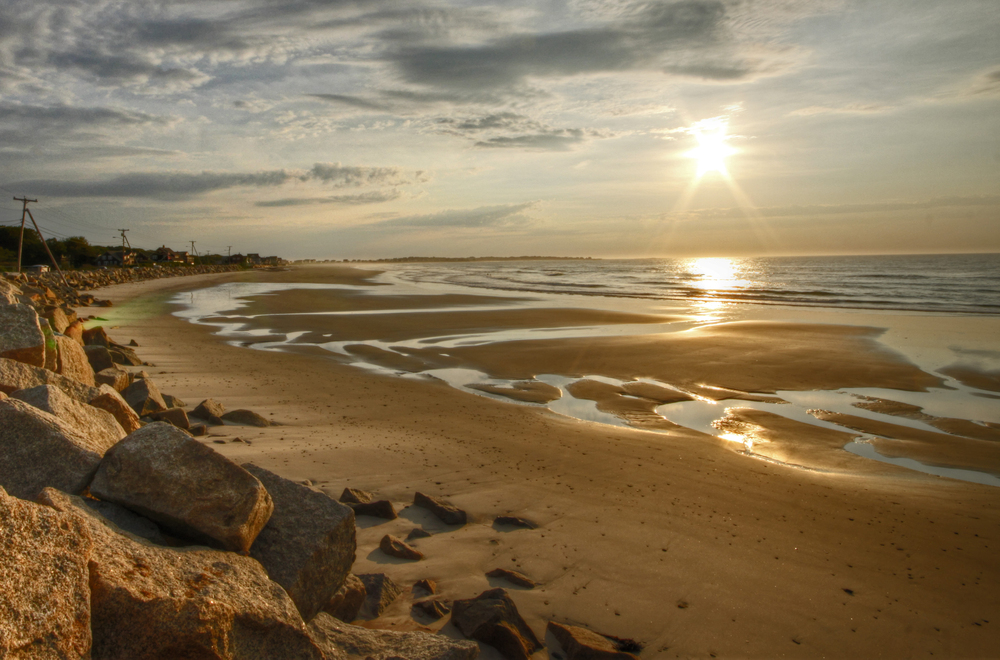
This small community occupies a unique geographic position where the Saco River meets the Atlantic, creating a natural harbor protected by a curved spit of land. The resulting “pool” provides safe anchorage for fishing vessels and recreational craft, while surrounding salt marshes host abundant birdlife throughout the seasons. Despite the proximity to the larger towns of Biddeford and Saco, this coastal village maintains its distinct character through limited access routes and minimal commercial development. Historic homes face the harbor, many continuously owned by families for generations, creating a stable community resistant to the transience common in more tourism-dependent coastal areas.
Greenport, New York
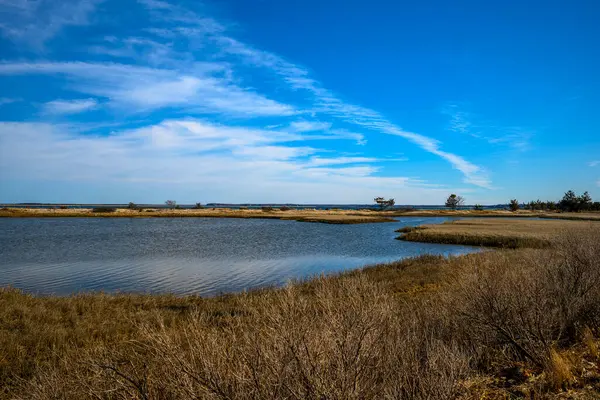
Located on Long Island’s North Fork, this historic maritime community offers a quieter alternative to the Hamptons across the Peconic Bay. The working harbor still supports commercial fishing alongside more tourist-oriented ventures like the wooden carousel housed in its protective glass building near the ferry dock.
The compact downtown features well-preserved commercial buildings housing independent businesses with minimal national chain presence, maintaining local character. The surrounding agricultural area has transitioned from potato farming to vineyards over recent decades, creating wine-country experiences just minutes from maritime activities. The nearby Orient Point provides additional natural areas where visitors often spot seals resting on offshore rocks during cooler months.
Tangier Island, Virginia
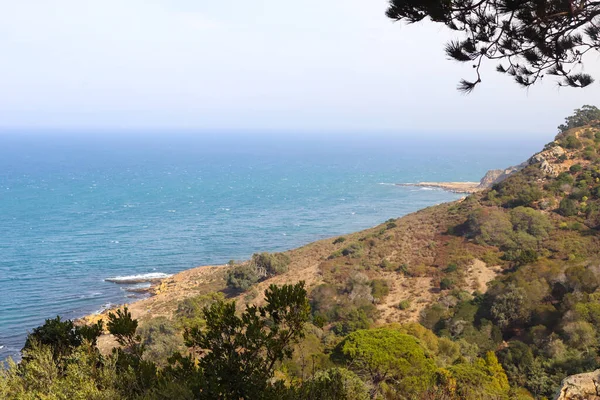
While technically in the Chesapeake Bay rather than directly on the Atlantic, this isolated community accessible only by boat or small aircraft maintains maritime traditions increasingly rare along the Eastern Seaboard. The distinctive local dialect preserves speech patterns reminiscent of early English settlers, developed through generations of relative isolation.
Golf carts and bicycles provide primary transportation along narrow lanes between weathered homes where multiple generations often live within sight of each other. The watermen’s culture remains strong, with crab harvesting forming the economic backbone of the island despite increasing challenges from environmental changes affecting the Chesapeake ecosystem. Visiting outside the peak summer season provides insights into authentic island life largely unchanged by outside influences.
Like Travel Pug’s content? Follow us on MSN.
Cape May Point, New Jersey
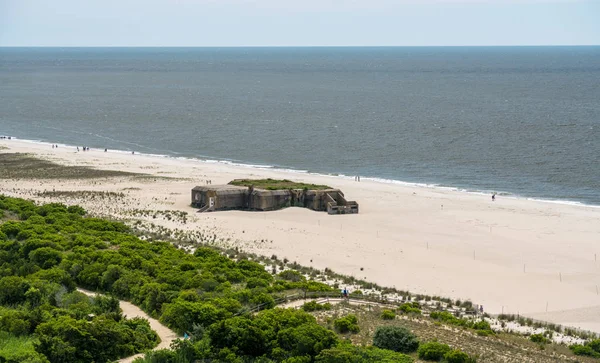
While adjacent Cape May attracts substantial tourism, this smaller community at the peninsula’s tip maintains a more contemplative atmosphere focused on natural beauty and bird migration. The famous lighthouse stands as the area’s landmark while surrounding natural areas host one of North America’s most important bird migration monitoring stations.
Victorian architecture similar to Cape May proper appears here on a smaller scale and density, creating a more intimate residential community where many homes remain in families across generations. The confluence of Delaware Bay and the Atlantic Ocean creates unique coastal ecosystems where freshwater and saltwater influences merge, supporting diverse wildlife visible from numerous observation platforms throughout protected lands.
Monhegan Island, Maine

Accessible only by boat and with no cars allowed, this island community located 10 miles offshore represents coastal New England at its most essential. The year-round population dwindles to just a few dozen hardy souls during winter months when ferry service becomes weather-dependent and limited to essential transportation.
Artists have frequented the island for over a century, drawn by dramatic headlands rising nearly 200 feet above the surrounding ocean and the quality of light found at this exposed Atlantic outpost. Hiking trails traverse the largely undeveloped island, leading to spectacular vistas from cliffs where the next landfall eastward would be Portugal. The tiny harbor shelters fishing boats behind a protective breakwater, while a handful of inns and seasonal businesses serve visitors during warmer months.
Timeless Tides

These northeastern coastal communities demonstrate alternatives to overdeveloped beach destinations, preserving authentic maritime traditions alongside natural beauty increasingly rare along the Eastern Seaboard. Their continued existence represents deliberate choices by residents, municipal governments, and conservation organizations to value traditional character over maximum development potential.
Visitors seeking genuine coastal experiences benefit from these preservation efforts, discovering places where the natural rhythms of tide and season still determine daily patterns rather than tourist demands. The resulting environments offer not just scenic beauty but opportunities for a deeper connection to maritime landscapes and communities that have shaped American history since European settlement began.
Like Travel Pug’s content? Follow us on MSN.
More from Travel Pug

- Cities Growing so Fast You Won’t Recognize Them in 10 Years
- 13 Destinations Where Tourists Regularly Regret Their Trip
- 16 U.S. Cities That Are Quietly Becoming Travel Hotspots
- Where to Travel If You Love Long Bus Rides and Daydreams
- 20 Cities Perfect for Solo Travelers Who Crave Adventure & Culture
Like Travel Pug’s content? Follow us on MSN.
